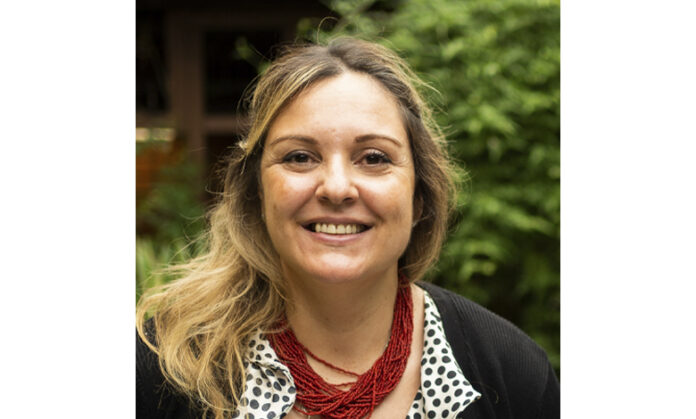By Carolina Tortora, Head of Digital Transformation and Innovation Strategy at National Grid ESO
The attempt to hunt for a climate deal that doesn’t weaken the ambition towards net zero intensifies as decision-makers struggled to come to an overarching agreement during the recently held COP 27 conference.
From reducing costs to driving business growth, meeting net zero targets by 2050 will be vital for both people and the planet. We all know it is essential for organisations to act fast to adopt new sustainable innovations, but how can this be achieved? I believe the answer is, in part, through a Virtual Energy System (VirtualES).
Managing energy
Services and industry account for over 30% of energy demand in Great Britain, with the average business energy consumption being between 15000 and 25000 kWh a year. It is therefore no surprise that reducing energy usage and creating a more efficient energy strategy is on the mind of a lot of businesses.
However, to create a coherent energy management and cost reduction strategy, decision-makers must understand the energy consumption of their organisation. At present, many companies are not clear about how and where they are using energy so delivering a tool that can help track this and also enable lower-cost energy provision, through effective grid management, would benefit organisations across Britain.
A digital view of the energy landscape
As a response to the ongoing climate crisis, National Grid ESO has proposed the idea of creating a single virtual grid. The VirtualES would be a digital replica of Great Britain’s entire energy landscape. The ambitious project, which was unveiled during COP 26 in 2021, requires cross-industry collaboration, with energy industry experts, stakeholders, and decision-makers, all working together to help bring this vision to life.
This ecosystem would be made up of digital twins, securely sharing information to drive energy innovation, advance sustainability progress, and support better outcomes for businesses, the environment, and society. All without the need to make expensive changes to the physical grid.
How would it work?
The energy grid is changing on an ongoing basis, and we must evolve with it. As we transition from using large power systems to a vastly greater number of smaller assets, as the role of renewables accelerates, the VirtualES could become a tool to manage change and assist in making optimal energy decisions.
The VirtualES would bring together existing and new digital twins from around the industry to create a shared tool for energy management. The more participants that share their energy data, the more the virtual system could improve simulation and forecasting abilities across the energy system. In return for sharing their data, as National Grid operators build a clearer picture of Britain’s grid, businesses would also benefit from lower-cost energy provision and more renewable power, accelerating progress towards national decarbonisation targets.
“What If” scenarios
Digital twin technology is not new and has already been readily applied within the energy industry in Great Britain. But until now these have largely operated in isolation. The VirtualES aims to become the first shared programme that connects different digital twins across the energy industry to create a whole system view, based on replicas of physical world assets.
As well as delivering more effective grid management on a day-to-day basis, the VirtualES could also help society plan for the future by creating “what if?” scenarios within the virtual grid. By building digital replicas of potential future energy solutions and plugging these into the virtual grid, organisations would have the ability to emulate and monitor operational performance in real-time, in order to understand future scenarios.
This removes the need for expensive physical trials and helps accelerate decision-making that would have previously taken months or even years. The VirtualES would be able to test, model, and create accurate forecasts, thus providing intelligence to help guide management decisions on a national scale, ensuring businesses make more environmentally friendly choices. In the long term, forecasting scenarios could even help business consumers see how they can reduce their daily energy use.
The bottom line
Now is the time for businesses to focus on reaching more efficient and environmentally friendly energy targets, and a singular virtual view of the energy system could help do just that. To achieve this goal National Grid ESO needs to work with businesses and energy stakeholders across Britain. By participating in the VirtualES, stakeholders would be investing in a shared asset that delivers Britain with the essential tools to plan for more efficient energy decisions and help the same organisations accelerate the path towards a net zero future.
For more information about the VirtualES please visit www.nationalgrideso.com/future-energy/virtual-energy-system.





